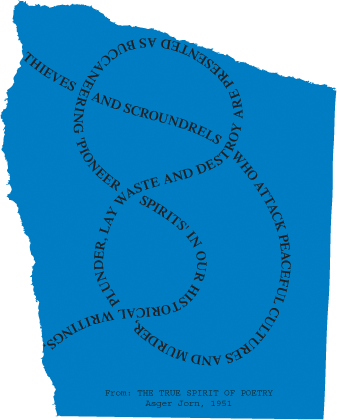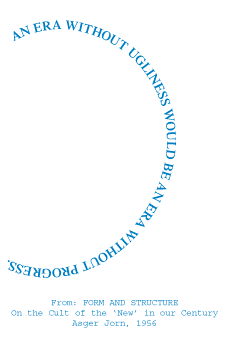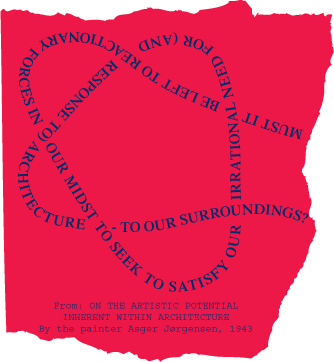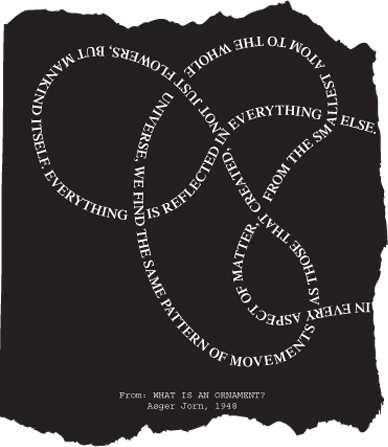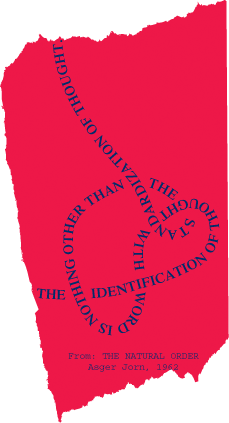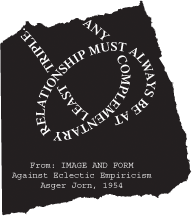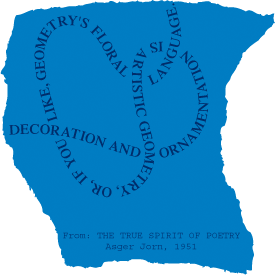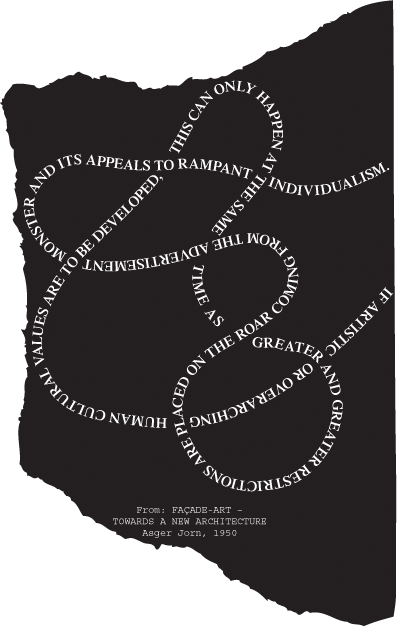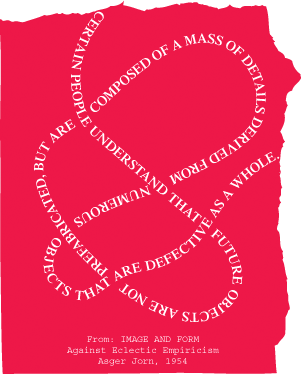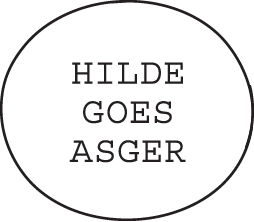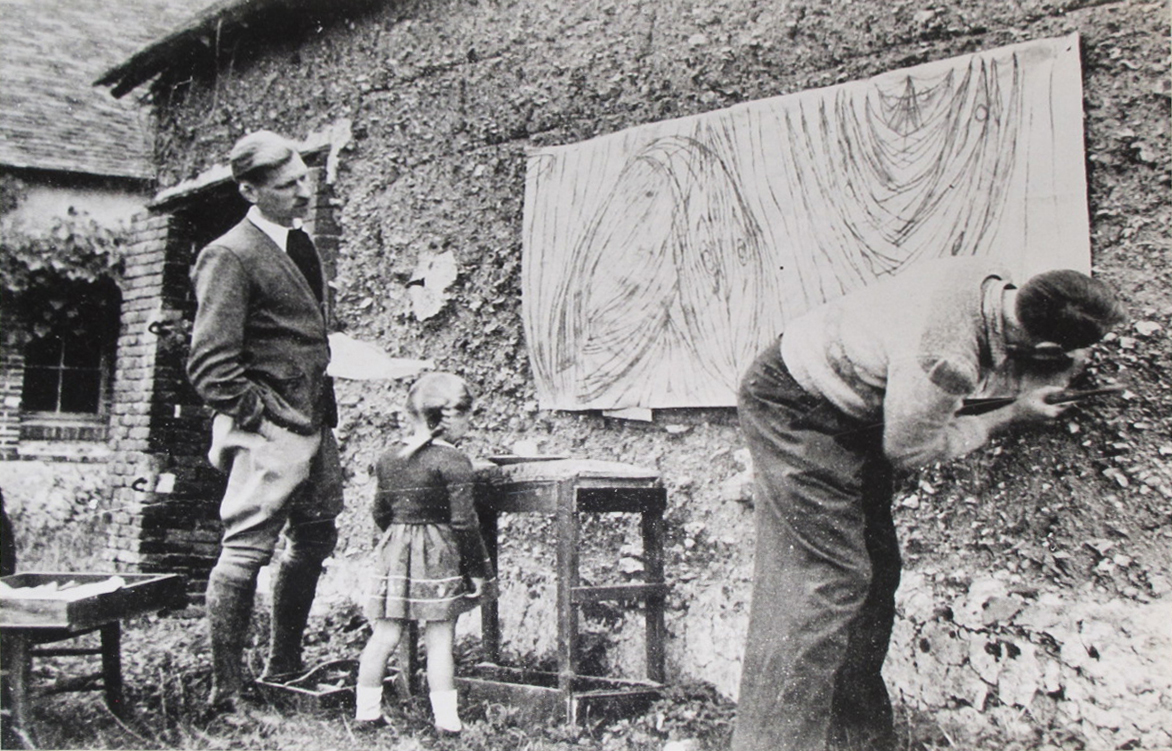A MONTAGE OF ATTRACTIONS (JORN – CABRAL)
The two photographs come from different worlds and different periods in time. Both revolve around two men that did not know each other.
I came across the first photograph at the Museum Jorn in Silkeborg, Denmark. The other is from the private archive of Manecas dos Santos, who was in command of the northern front during the liberation fight in Guinea-Bissau. It was shown to me by a friend, Catarina Laranjeiro, who has been engaged in recovering private photographic archives from previous freedom fighters in Guinea-Bissau.
The first image is taken by an unknown photographer probably some time in the 1930’s. It shows the Danish avant-garde artist, writer and thinker Asger Jorn (1914-1973) mounting a painted canvas on the outside wall of a country house, probably in the Danish region of Jutland, while being watched by a man and a little girl. In the second photograph (photographer also unknown and taken in the early 1970’s) we see a group of freedom fighters from PAIGC, The African Party for the Independence of Guinea and Cape Verde, somewhere in Guinea-Bissau. While two of those men set a mortar probably to bomb the Portuguese colonial troops, Amilcar Cabral (1924-1973), wearing the sumbia (a knitted cap worn by many men mostly in Guinea-Bissau, Gâmbia and Senegal), inspects the landscape as two others also do. Cabral was a Guinea-Bissauan and Cape Verdean agricultural engineer, writer, and a nationalist thinker and one of Africa’s foremost anti-colonial leaders.
It seemed to me before, in an ineffable way, that the figures of Jorn and Cabral somehow attracted each other, hence the reference in the title to “Montage of Attractions”, a montage method practiced by filmmaker Sergei Eisenstein. The energy in Cabral’s texts “The weapon of theory” from 1966 http://www.marxists.org/subject/africa/cabral/1966/weapon-theory.htm and “National Liberation and Culture” from 1970 http://www.historyisaweapon.com/defcon1/cabralnlac.html seemed to dialogue with the energy in Jorn’s words, especially those in the publications released with Jorn’s Scandinavian Institute of Comparative Vandalism founded in 1961. The linkage of the images of these two men formalize and formulate that attraction.
The concept that emerges from this attraction is the one of Emancipation. In both images we see people preparing their instruments of emancipation. This emancipation depends on reactivating the links to the layers of ancestry knowledge that modern society disabled, in order to satisfy the need of its productive system. The construction of the future lies on understanding the relation of the present with its ancestry through concrete actions pursued on the field.
Cabral and his men seek to emancipate from the domination of a colonial imperialist system by relinking with the historical process of Guinea (Africa) before the Portuguese (European) domination. Jorn seeks to emancipate from the domination of a dialectical system of thinking that leads to dualistic notions by introducing a triolectic system of thinking that leads to complementarities instead of dualities.
The drawings attached to these images were made under the influence of this attraction with the concept of Emancipation on the horizon with the literal intention of drawing links between apparently diverging energies on a piece of paper.
Daniel Barroca, 2013
